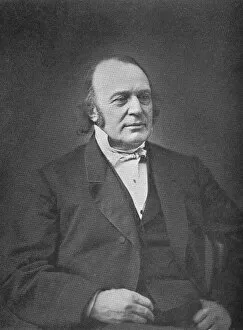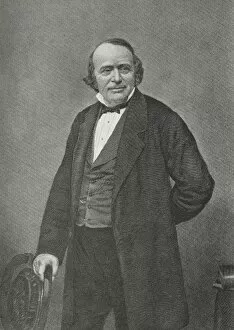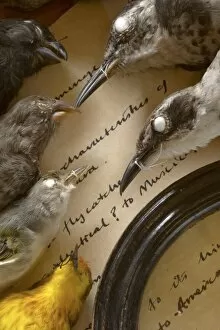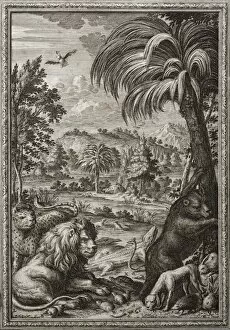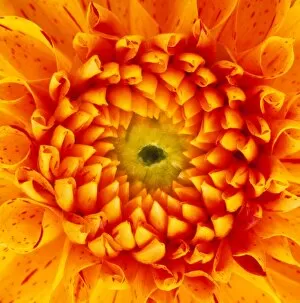Speciation Collection
"Exploring the Marvels of Speciation: Unveiling Nature's Masterpieces" In 1849
All Professionally Made to Order for Quick Shipping
"Exploring the Marvels of Speciation: Unveiling Nature's Masterpieces" In 1849, the talented artist and ornithologist John Gould embarked on a remarkable journey that would forever change our understanding of speciation. His meticulous illustrations captured the intricate details of various bird species, shedding light on their unique adaptations and diversification. Meanwhile, in the realm of human evolution, Louis Agassiz, an American-Swiss naturalist, delved into the study of speciation. His groundbreaking research paved the way for a deeper comprehension of how different species emerge and evolve over time. Among Agassiz's notable contributions was his collaboration with Charles Darwin during his voyage to Galapagos Islands. The collection of Galapagos bird specimens they gathered provided invaluable insights into speciation processes occurring within these isolated ecosystems. One such specimen was the preserved Galapagos Mockingbird - a testament to nature's ability to generate new species through isolation and adaptation. These birds showcased distinct traits across different islands, inspiring Darwin's theory of natural selection. Speculation about speciation dates back even further than Gould and Agassiz. In 1731, Johann Scheuchzer depicted Creation's sixth day in his renowned work "Physica Sacra. " This masterpiece hinted at God's role in creating diverse life forms through gradual changes over time – an early glimpse into evolutionary concepts. Darwin himself found inspiration from another group of creatures – Darwins Finches inhabiting Galapagos Islands. Their beak variations fascinated him as he observed how each finch adapted to its specific ecological niche through natural selection – a prime example illustrating speciation in action. Nature never ceases to amaze us with its creative power; take for instance the Dalia flower adorned with captivating red speckles. These distinctive markings not only enhance its beauty but also serve as a mechanism for attracting pollinators while ensuring cross-pollination between individuals. However, not all speciation stories have a happy ending.


